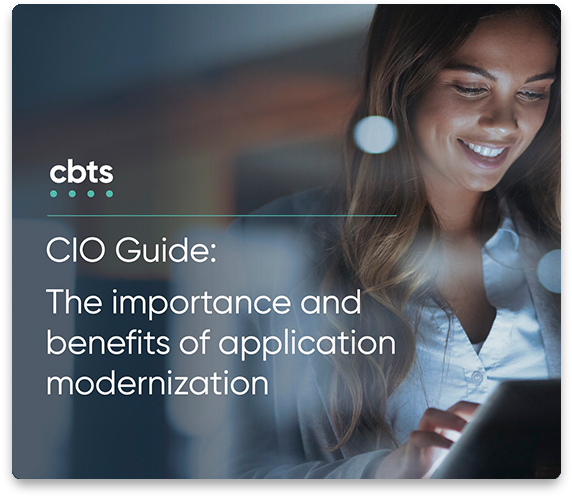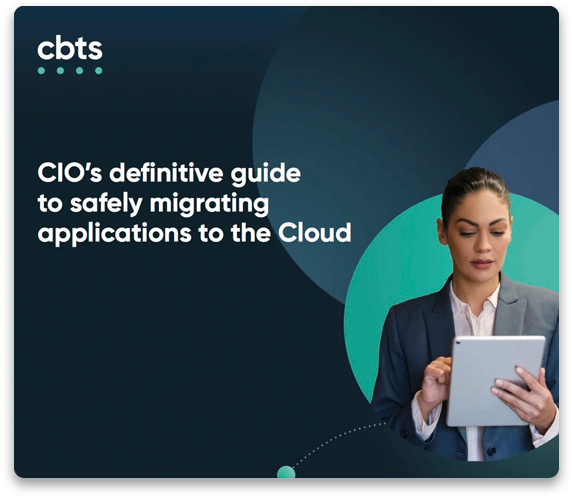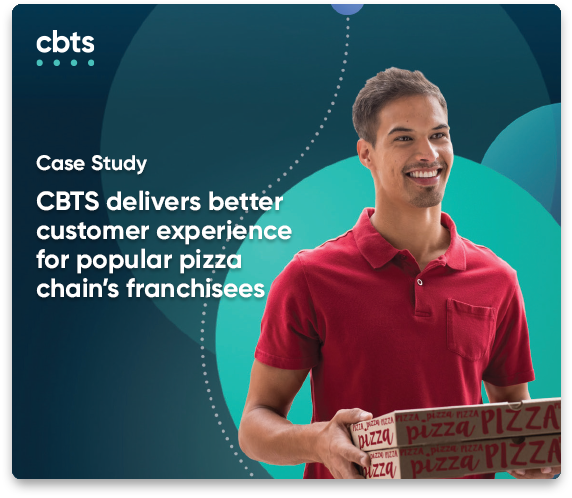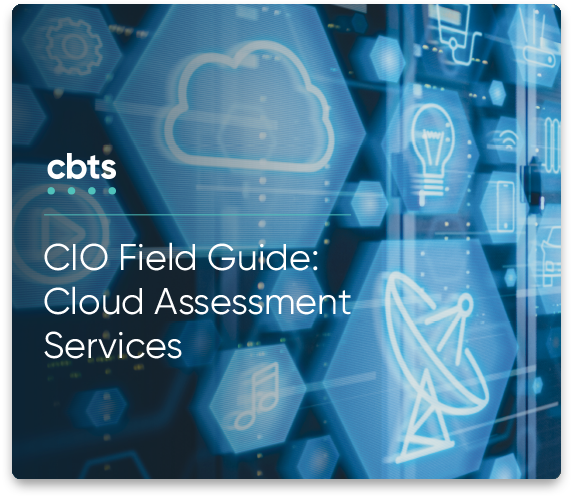Data Engineering
Building the pipelines and architecture to move and transform data.

What is data engineering?
Benefits
Our approach
FAQs
Unifying your data is a key first step
Data streams into your enterprise from every corner, but it arrives in incompatible formats, locked inside proprietary file types, or consigned to a siloed storage solution. As a result, your analytics are missing key pieces of the puzzle.
CBTS date engineers work to design, build and maintain the pipelines that collect, store and process your data. With all your data in one accessible place, there are no barriers to innovation.
What is data Engineering?
Modern enterprises have access to a large and growing number of data sources, including Internet of Things (IoT) implementations, applications, SaaS platforms, external databases, and more. Data engineering integrates each source into the enterprise data architecture, allowing it to ingest and consolidate business data in a way that empowers future use in analytics and AI.
Organizations often re-architect their data estates as part of an effort to modernize and take advantage of cloud capabilities.
BENEFITS OF DATA ENGINEERING SERVICES
Structure your data for maximum insight.
Take advantage of expert engineering to accelerate your transformation.

Optimized architecture
Experienced data engineers design infrastructure according to best practices and your unique needs.

Data quality
Knowledgeable integration transforms and prepares data for immediate use.

Reliability
Know exactly where your data is, and enjoy the confidence of enterprise-tier storage solutions.

Flexible applications
Unify business data and make it available for an enormous range of visualizations, reporting, and analysis.

Scalability
Cloud flexibility allows you to increase or decrease storage and use as needed.

Low time-to-value
Convert data to insights in real time.
%
of employees wish their collaboration tools were compatible with one another and find it difficult to collaborate.
Harvard Business Review
OUR APPROACH
Why CBTS?
With CBTS, your organization’s unique needs guide the development of a custom data strategy. Our experienced engineers then deliver a modernized, cohesive data architecture that supports your broader business goals. Moreover, CBTS empowers you to monitor and manage your data operations with transparent controls.
Evaluate data sources
Audit data sources and identify integration and transformation needs.
Design architecture
Develop pipelines and select optimal storage architecture.
Integrate
Establish ETL processes and implement a data lake and/or warehouse.
DataOps
Configure and streamline data flow monitoring and process controls.
The growth of AI has revealed new attack surfaces, and threat actors are finding novel ways to target modern enterprise data resources. Cybersecurity-informed data engineering protects your assets in transit and at rest, helping you mitigate the risk.
FAQs
Top 5 questions
What are data lakes and warehouses, and how do they differ from each other?
Both are large-scale data storage solutions. Data lakes store unstructured, unprocessed data in its original format. Data warehouses store data that has been processed to serve specific analytical purposes. A hybrid solution of the two is called a “data lakehouse.”
What is DataOps?
DataOps is an approach to designing, managing, and maintaining a data architecture. It emphasizes automation, collaboration, and continuous improvement to deliver improved performance.
What is an ETL/ELT process, and why is it important?
ETL stands for extract, transform, load, and ELT is extract, load, transform. Both data integration processes transmit data from a source to a storage location. An ETL process transforms the data into a usable format before loading it into storage, while ELT handles the transformation within the warehouse.
How does data engineering support AI development?
An enterprise AI model relies on unified, high-quality data. Good data engineering ensures that data is clean, accurate, and ready to be used for training when it arrives in the data lake or warehouse.
How do batch and real-time integration differ?
Both describe how data is pushed to the data lake or warehouse. Batch integration updates at regular intervals, whereas real-time integration sends new data as soon as it is available.
Related stories
Schedule a complimentary 30-minute discussion
with a CBTS solution consultant
Talk to one of our experts today to see how we can help your organization modernize, migrate, and support cloud-native applications



















